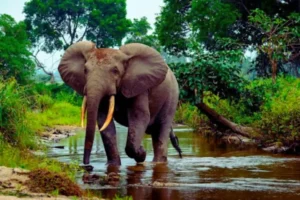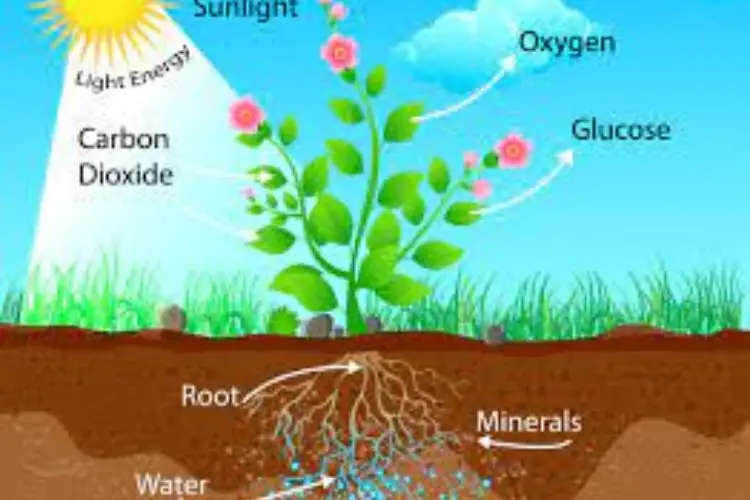
If you are looking for a step by step process of photosynthesis, you are in the right place. In this article, we will discuss the step-by-step process of photosynthesis.
by which green plants, algae, and some bacteria convert light energy, usually from the sun, into chemical energy stored in glucose molecules. Here is a simplified step-by-step process of photosynthesis:
01. Absorption of Light:
Light interacts with an object, absorbing or absorbing a light wave, converting its energy into heat. This process makes an object dark or opaque to the wavelength of the incoming wave.
The amount of energy transferred depends on the intensity, duration and wavelength of the light. Absorption of light is directly proportional to the frequency of light and the nature of the atoms of the material, as different atoms and molecules absorb different frequencies of visible light.
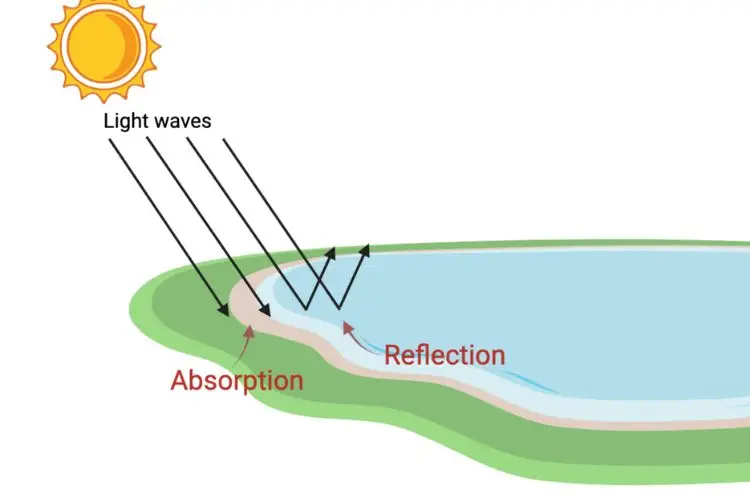
02. Water Absorption:
Non-vascular plants utilize water absorption as a simple process for their survival. This process involves the uptake of water from the soil by roots and its movement through the plant’s leaf-like structures.
The water is transported through the cortex via apoplast, symplast, or transmembrane pathways. This process is crucial for the transport of water and nutrients throughout the plant.
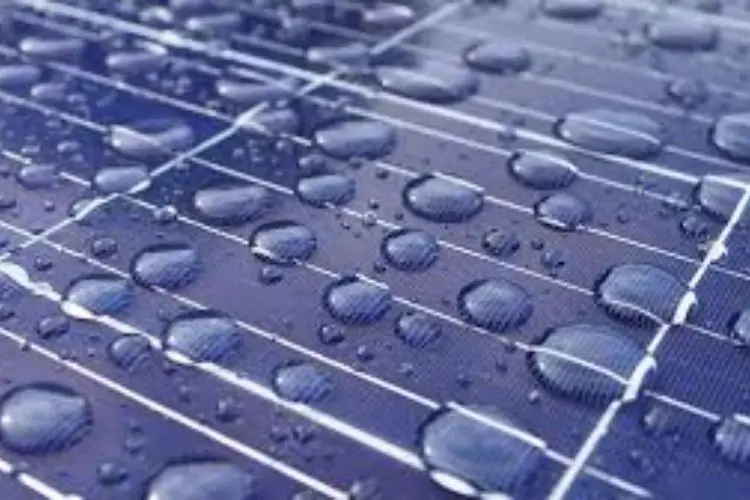
03. Splitting of Water (Photolysi
Non-vascular plants utilize water absorption as a simple process for their survival. This process involves the uptake of water from the soil by roots and its movement through the plant’s leaf-like structures.
The water is transported through the cortex via apoplast, symplast, or transmembrane pathways. This process is crucial for the transport of water and nutrients throughout the plant.
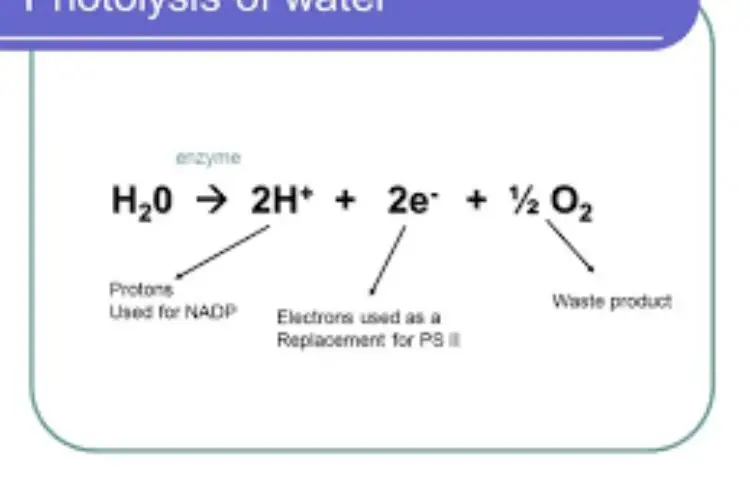
04. Release of Oxygen:
Essential oxygen is produced in plants through the oxygen cycle, which uses sunlight and water molecules. This process, known as photolysis, splits water molecules into oxygen, protons, and electrons, which are used to make ATP and NADPH.The oxygen released from the leaves contributes to the oxygen cycle, which provides the oxygen needed by humans and animals.
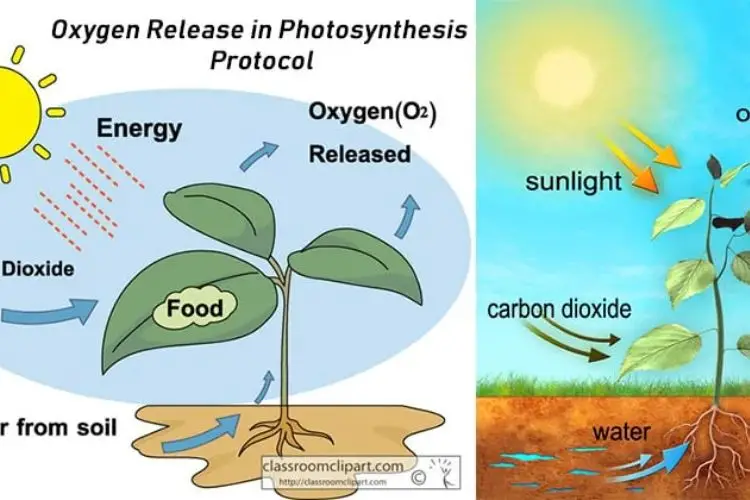
05. Carbon Dioxide Uptake:
Understanding the important role of carbon dioxide in the atmosphere is crucial to understanding climate change and ecosystem productivity. The process of photosynthesis, in which plants use sunlight, water and carbon dioxide to produce oxygen and energy, plays an important role in reducing the rising levels of carbon dioxide in the atmosphere.
Global observations suggest that as much carbon dioxide is emitted by natural ecosystems, net carbon dioxide uptake by plants makes it challenging.
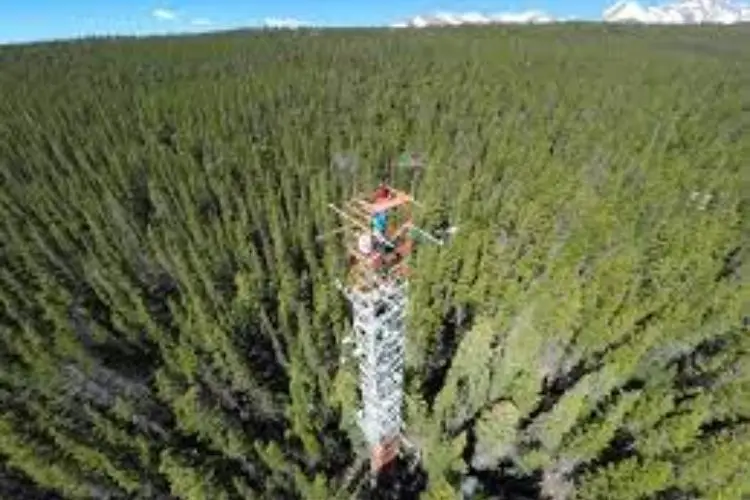
06. Calvin Cycle (Dark Reactions):
In the stroma of the chloroplasts, carbon dioxide molecules are combined with hydrogen ions (from the photolysis of water) and electrons (from the light-dependent reactions) to form glucose (C6H12O6).
This process occurs through a series of enzyme-mediated reactions known as the Calvin Cycle or dark reactions.
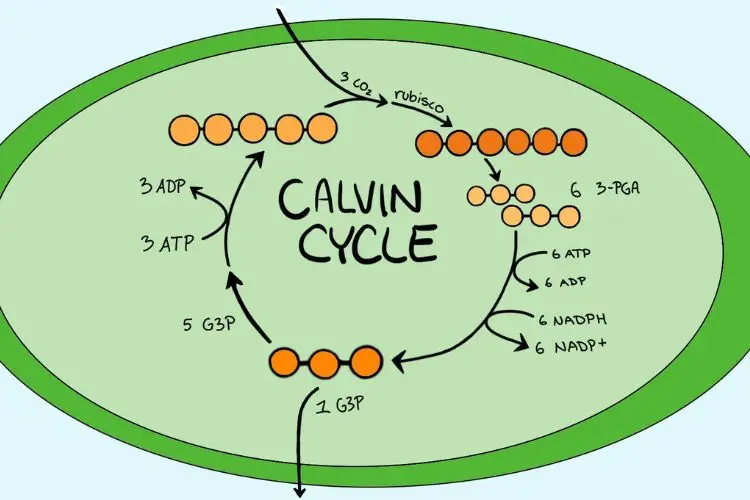
07. Glucose Formation:
Glucose, a simple sugar, is the primary product of photosynthesis. It is used by plants for energy, growth and reproduction. Excess glucose is stored in the form of starch.
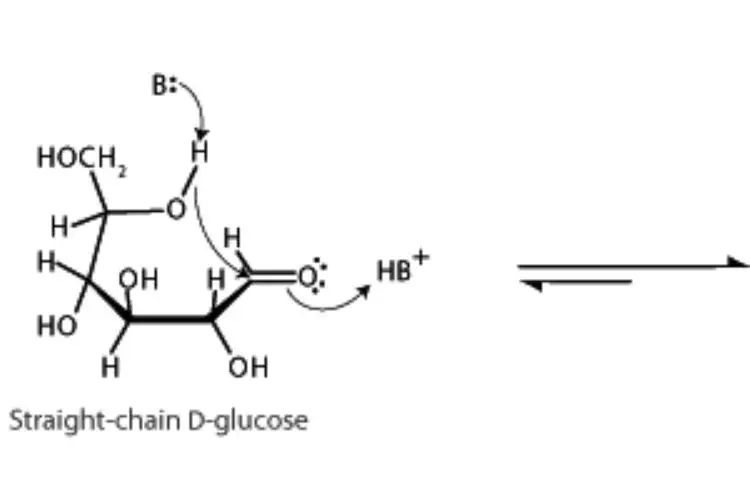
08. Release of Energy:
Chemical energy stored in glucose molecules is used by plants for various metabolic processes including cellular respiration, growth and reproduction.
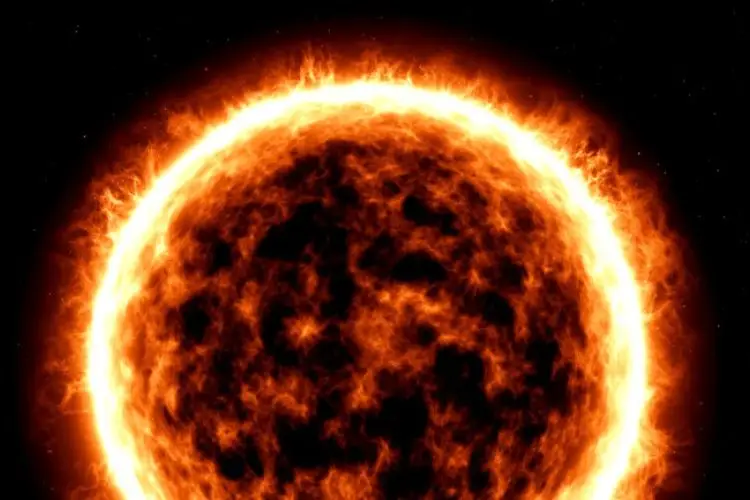
09. Water Recycling:
The hydrogen ions and electrons produced during the splitting of water molecules are used in the Calvin cycle to make glucose, and oxygen is released into the atmosphere. This forms a cyclical process where water is continuously recycled.
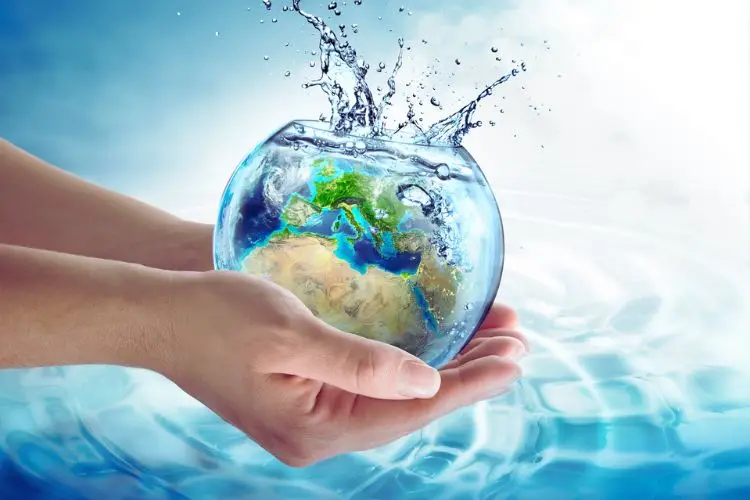
In summary, photosynthesis can be viewed as a process where light energy is converted into chemical energy stored in glucose molecules, with the release of oxygen as a byproduct. It’s one of the most vital processes for life on Earth, as it provides the energy and oxygen necessary for the survival of many organisms.


